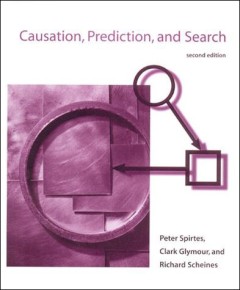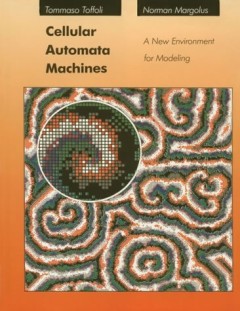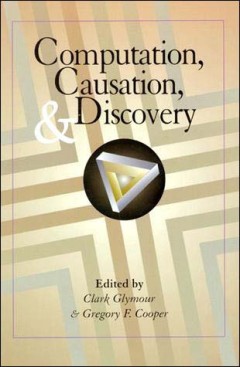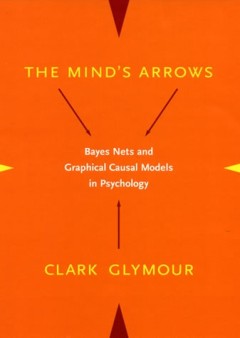Filter by

Causation, Prediction, and Search (Second Edition)
The authors address the assumptions and methods that allow us to turn observations into causal knowledge, and use even incomplete causal knowledge in planning and prediction to influence and control our environment.What assumptions and methods allow us to turn observations into causal knowledge, and how can even incomplete causal knowledge be used in planning and prediction to influence and con…
- Edition
- -
- ISBN/ISSN
- 9780262284158
- Collation
- 1 online resource (xx, 511 pages) :illustrations.
- Series Title
- -
- Call Number
- -

Cellular Automata Machines: A New Environment for Modeling
Recently, cellular automata machines with the size, speed, and flexibility for general experimentation at a moderate cost have become available to the scientific community. These machines provide a laboratory in which the ideas presented in this book can be tested and applied to the synthesis of a great variety of systems. Computer scientists and researchers interested in modeling and simulatio…
- Edition
- -
- ISBN/ISSN
- 9780262291019
- Collation
- 1 online resource (ix, 259 pages) :illustrations.
- Series Title
- -
- Call Number
- -

Computation, Causation, and Discovery
In science, business, and policymaking—anywhere data are used in prediction—two sorts of problems requiring very different methods of analysis often arise. The first, problems of recognition and classification, concerns learning how to use some features of a system to accurately predict other features of that system. The second, problems of causal discovery, concerns learning how to predict…
- Edition
- -
- ISBN/ISSN
- 9780262315821
- Collation
- 1 online resource (xv, 552 pages) :illustrations
- Series Title
- -
- Call Number
- -

The mind's arrows :
In recent years, small groups of statisticians, computer scientists, and philosophers have developed an account of how partial causal knowledge can be used to compute the effect of actions and how causal relations can be learned, at least by computers. The representations used in the emerging theory are causal Bayes nets or graphical causal models. In his new book, Clark Glymour provides an inf…
- Edition
- -
- ISBN/ISSN
- 9780262273961
- Collation
- -
- Series Title
- -
- Call Number
- -

The mind's arrows :Bayes nets and graphical causal models in psychology
"A Bradford book."In recent years, small groups of statisticians, computer scientists, and philosophers have developed an account of how partial causal knowledge can be used to compute the effect of actions and how causal relations can be learned, at least by computers. The representations used in the emerging theory are causal Bayes nets or graphical causal models. In his new book, Clark Glymo…
- Edition
- -
- ISBN/ISSN
- 9780262273961
- Collation
- 1 online resource (xv, 222 pages) :illustrations.
- Series Title
- -
- Call Number
- -
 Computer Science, Information & General Works
Computer Science, Information & General Works  Philosophy & Psychology
Philosophy & Psychology  Religion
Religion  Social Sciences
Social Sciences  Language
Language  Pure Science
Pure Science  Applied Sciences
Applied Sciences  Art & Recreation
Art & Recreation  Literature
Literature  History & Geography
History & Geography